Silage Maize: The Ultimate Guide to Superior Forage
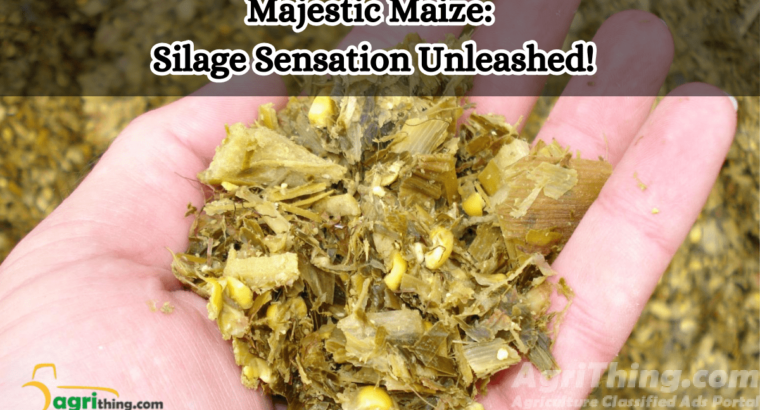
Sustainable farming is incredibly important in our world today. Farmers are always looking for new and better ways to take care of the environment and make the most of their resources. One technique that has become popular is using silage maize. This article will explain how Corn Silage helps with sustainable farming and why Corn silage benefits.
Table of Contents
What is Corn Silage?
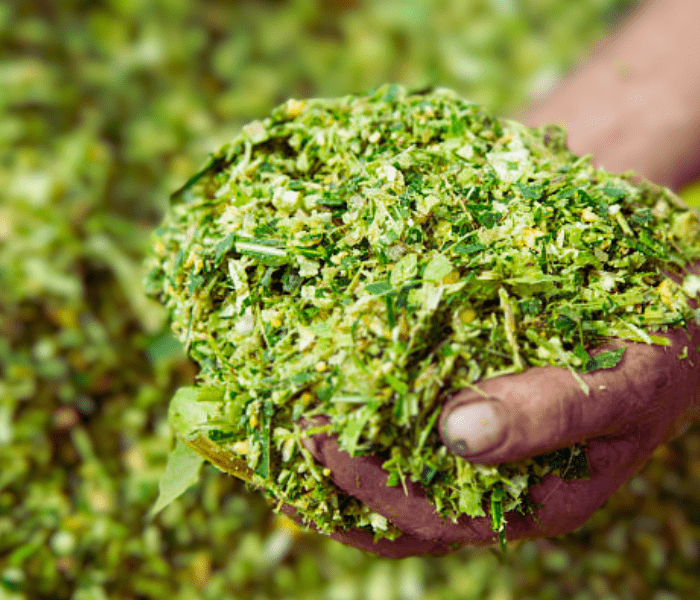
Corn silage is made from whole corn plants that are chopped up and stored in silos. It’s a type of food that is very important for livestock, especially dairy cows and beef cattle. But corn forage is useful for more than just feeding animals.
Importance of Sustainable Farming
Environmental Benefits
Sustainable farming focuses on protecting the environment. When farmers use silage maize in their practices, it has several positive effects on the environment. First, it means they don’t have to rely as much on artificial fertilizers and pesticides, which can be harmful to ecosystems. Second, it helps keep the soil in good condition by preventing erosion and increasing the amount of organic material in it. And third, it helps manage water by making the soil better at holding water and reducing runoff.
Economic Benefits
Using sustainable farming practices, like using silage maize, can bring significant economic advantages to farmers. Corn forage is a smart way to turn plant material into valuable animal feed, which means farmers don’t have to buy as much feed. This helps them save money and make more profit. Moreover, by taking care of the soil and reducing the need for extra resources, farmers can ensure their economic stability in the long run.
Social Benefits
People often forget about the social benefits of sustainable farming, but they are just as important. When farmers make silage maize, it gives them a chance to have different sources of income and make life better in rural areas. It also helps the local economy grow. Plus, when farmers use sustainable practices, they show that they care about the environment and gain respect from the community.
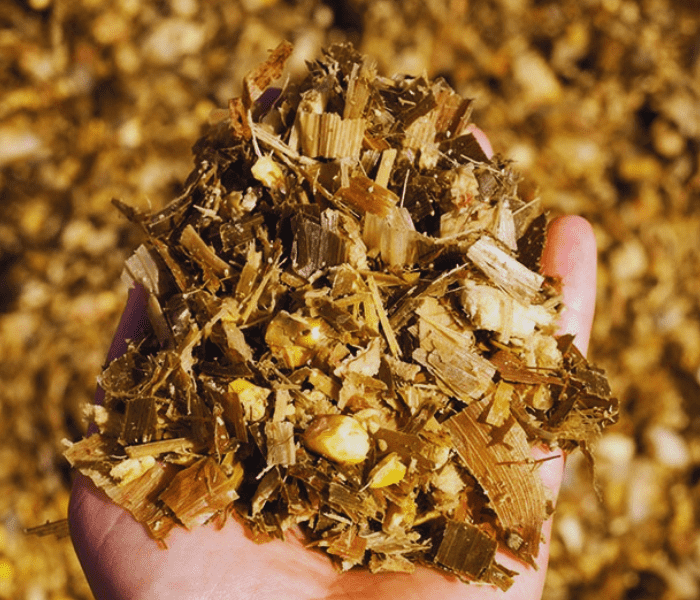

Other Benefits of Silage Maize
| Benefits | Description |
|---|---|
| Water Conservation | Silage Maize requires less irrigation compared to some other crops, reducing water usage and conserving this valuable resource. |
| Carbon Sequestration | Corn plants capture carbon dioxide from the atmosphere through photosynthesis, helping to mitigate climate change. |
| Crop Rotation | Including silage maize in crop rotation systems improves overall soil health and reduces pest and disease pressure. |
| Sustainable Feed Source | Silage Maize is a sustainable feed option as it efficiently utilizes crop residues, by-products, and marginal lands. |
| Renewable Resource | Silage Maize is renewable as it is produced annually from new crops, making it a consistent and reliable feed source. |
| Reduced Feed Costs | Utilizing corn forage can reduce feed costs for livestock farmers as it is a cost-effective option compared to some other forage alternatives. |
| Reduced Waste | Cornforage provides an efficient means of utilizing excess corn production, reducing waste and promoting resource efficiency. |
Role of Silage Maize in Sustainable Farming
Efficient Use of Resources
Corn silage is a really efficient way to use the resources we have. When we make corn fodder, we use the whole corn plant, so there’s not much waste. This helps us get the most out of what we have, especially in places where there isn’t a lot of lands or it’s not very productive.
Soil Health Improvement
Corn silage helps improve the health of the soil in different ways. The roots of corn plants go deep into the ground, which makes the soil better. It lets water get into the soil easily and stops the soil from getting too compacted. After the corn is harvested, the leftover parts of the plant help make the soil better too.
Livestock Feed
Farmers use silage maize as a really good food for their animals. It has a lot of good stuff in it, like the right nutrition, lots of energy, and animals like the way it tastes. When farmers give their animals corn silage as part of their food, it helps make sure they get all the right things they need to be healthy. This makes the animals stronger and helps them do better on the farm.
Reducing Greenhouse Gas Emissions
Sustainable farming, including making silage maize, helps reduce the amount of greenhouse gases in the air. Corn plants take in carbon dioxide and store it when they grow. When animals eat corn fodder, they get that carbon, which means there are fewer emissions from raising livestock. Using less artificial fertilizer and managing nutrients better also helps reduce the impact farming has on the environment.
Crop Rotation and Diversification
Including silage maize in crop rotation and diversification is important for sustainable farming. When farmers rotate corn forage with other crops, it helps control problems and diseases from becoming a big problem and makes the soil better at using nutrients. Having different crops also helps farmers be more prepared if something goes wrong with one crop. It means they don’t have to depend on just one thing. Including corn fodder in this plan helps make the whole farm more sustainable.
Pros & Cons of Silage Maize


| Pros | Cons |
|---|---|
| High Nutritional Value | Land Usage |
| Water Usage | Feed Efficiency |
| Crop Rotation Benefits | Soil Erosion |
| Pesticide and Fertilizer Use | Conservation Tillage |
| Energy Source | Genetic Modification |
| Methane Emissions | Waste Management |
Silage Maize Benefits of Implementing Best Practices for Production
Choosing and Planting the Crop:
- Select corn varieties that are best suited to the local climate, soil conditions, and intended use.
- Consider disease resistance and important traits when deciding on corn varieties.
- Follow recommended planting practices, including planting the seeds at the right depth, using proper row spacing, and applying fertilizers correctly.
Harvesting and Storage:
- Time the harvest correctly to achieve the desired moisture content for the best fermentation process.
- Use appropriate equipment and techniques during harvest to minimize losses and ensure consistent chop length.
- Pay attention to packing density when storing silage maize to prevent spoilage and maintain feed quality.
Managing Nutrients:
- Follow good practices for managing nutrients to promote crop growth and reduce negative impacts on the environment.
- Regularly test the soil to check nutrient availability and adjust fertilizer use accordingly.
- Consider using organic amendments and cover crops to improve soil fertility and nutrient cycling.
By following these best practices for silage maize production, farmers can achieve excellent outcomes, maximize the quality of the feed, and minimize waste.
Conclusion
Silage Maize is very important for sustainable farming. It helps us use resources wisely, make the soil healthier, give animals good food, and lower greenhouse gas emissions. When farmers include corn fodder in their farming, it helps them have a steady income, take care of the environment, and bring benefits to their community. By following the best ways to make and use corn silage, farmers can make farming more sustainable and strong.
Frequently Asked Questions
Is corn silage only suitable for dairy cows and beef cattle?
Corn silage is mainly given to dairy cows and beef cattle because it has the right nutrition for them. But it can also be good for other types of animals if it’s added to their food in the right way.
Does corn silage production require specialized equipment?
Making corn silage requires special equipment like forage harvesters and storage structures called silos. Having the right machinery is very important for harvesting and storing corn forage in the best way possible.
Can corn silage be produced on a small-scale farm?
Corn silage production can be adjusted to fit farms of different sizes. However, smaller farms might need to find different ways to store the maize ensilage, like using bales or bags, depending on what works best for them. They can choose the storage method that suits their specific needs.
How does corn silage contribute to reducing soil erosion?
Corn silage is helpful in preventing soil erosion because it covers the ground all through the growing season. The thick leaves and strong roots of corn plants shield the soil from being eroded by water and wind.
What are some alternative uses for corn silage?
In addition to being used as animal feed, maize ensilage has other valuable uses. It can be used to produce biogas, cultivate mushrooms, and serve as a raw material for industrial processes like ethanol production.
Related Articles
Want to purchase top-quality silage? Visit our Agricomplex website to explore our wide range of silage products.
People Also Asked
How is corn silage used in sustainable farming practices?
Corn silage is utilized in sustainable farming practices as a valuable feed source for livestock, especially dairy and beef cattle.
What are the benefits of using corn silage in sustainable farming?
Using corn silage in sustainable farming provides several benefits:
- It allows farmers to efficiently utilize the entire corn plant.
- Corn has a high yield potential, and using the whole plant for silage enables farmers to harvest.
- Corn silage is highly nutritious, providing a balanced combination of carbohydrates and protein.
- Corn plants have deep root systems that improve soil structure and reduce erosion, enhancing soil health.
- Producing corn silage on-farm reduces the need for purchasing external feed sources, lowering costs and transportation-related emissions.
Is corn silage cost-effective for farmers?
Corn silage can be cost-effective for farmers due to its high energy content and relatively low production costs.
How does corn silage compare to other forage options in terms of sustainability?
Corn silage is often considered a sustainable forage option due to its numerous advantages. Compared to other forages, it generally provides higher energy content and greater yield per acre. Its ability to utilize the entire corn plant enhances resource efficiency and reduces waste.
Are there any specific corn varieties recommended for silage production in sustainable farming?
The choice of variety depends on factors such as climate, soil type, and intended use. Popular options include BMR (Brown Midrib) corn, which has reduced lignin content and improved digestibility, as well as high-yielding hybrids with good disease resistance and agronomic traits.

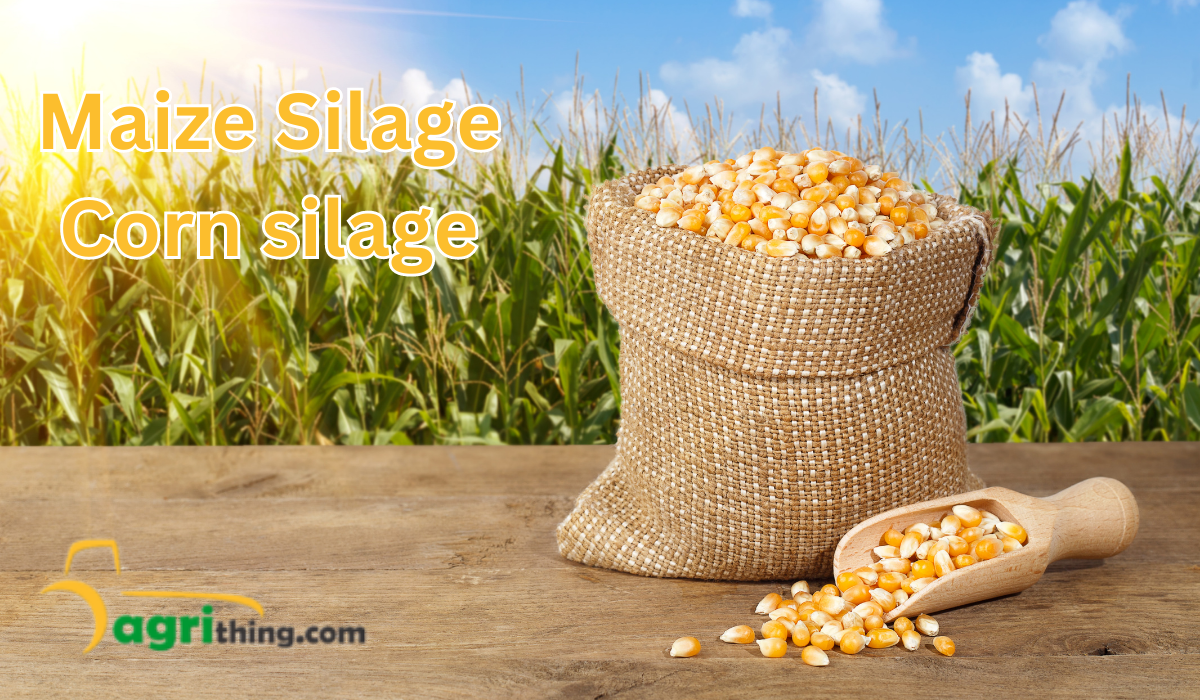
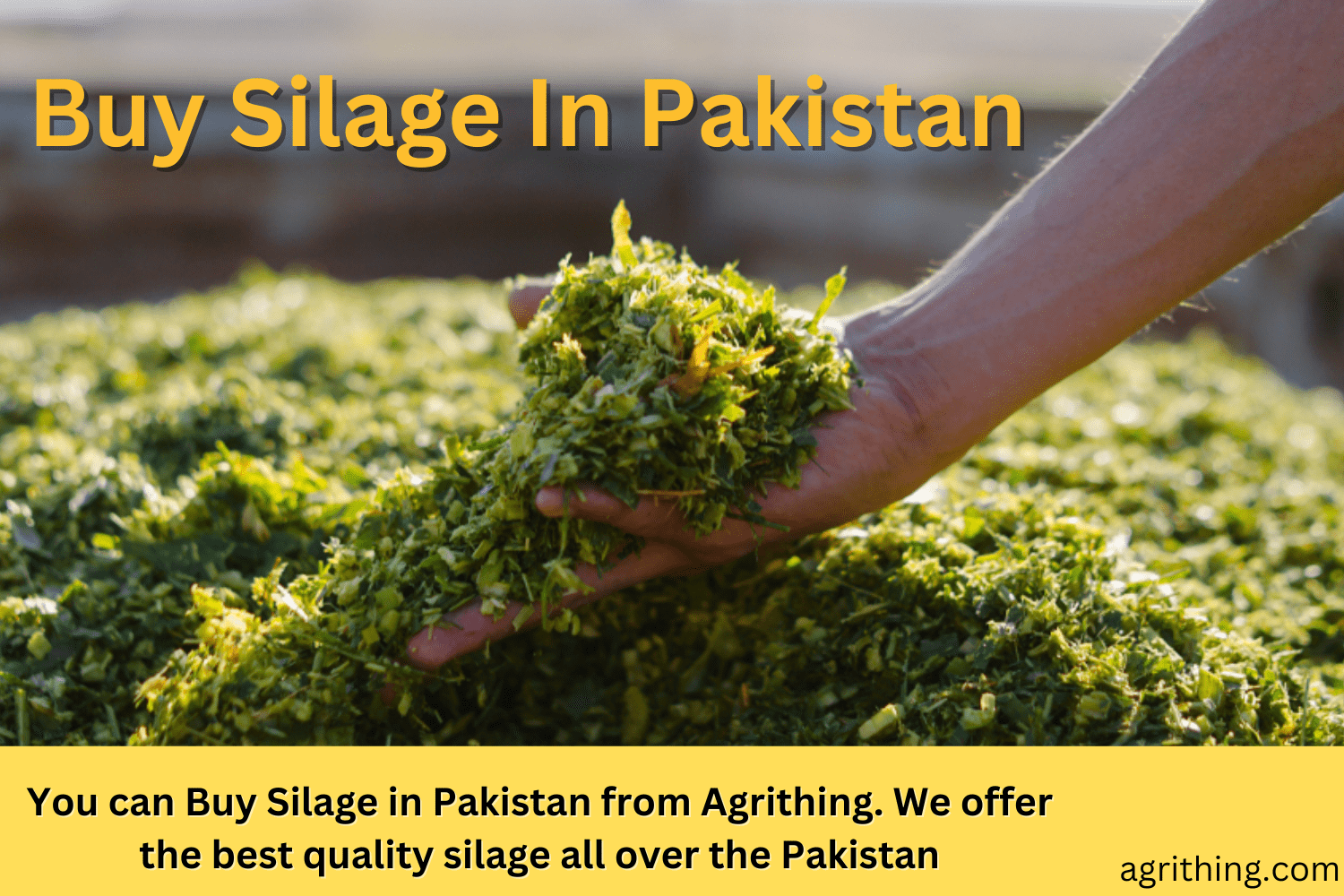

Leave your comment